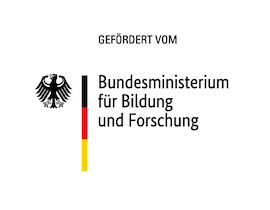Our Work in the Region
Land-use change and climate change in the dry steppe of Russia and neighboring countries raise concerns about increasing erosion in a region critical for food production. At the same time, this fragile ecosystem has a significant potential for carbon storage in soil and vegetation, making steppe vital for climate change mitigation. Sustainable land management and erosion control can not only enhance the economic value of the steppe, but also support climate adaptation and mitigation efforts.
Selected Projects
- CLIMPACT Climate Information for Management, Peace-building, Adaptation, and Coordination in Central Asia; funded by GIZ; 2025-2026; contact: I. Didovets
- AQUASIA Advancing Hydrological Modeling for Improved Water Availability Forecasts in Central Asia; funded by GIZ; 2023-2025; contact: I. Didovets
- GVCA Green Vision Central Asia: bridging science and capacity building for climate security; funded by Auswärtiges Amt; 01.07.2020-30.06.2024; contact: I. Didovets
- CWEH Usbekistan Climate change, renewable energy potential and population health in Uzbekistan; funded by BMBF; 2022-2024; contact: I. Didovets
- CLIMASTEPPE the potentials of the Russian steppes to reduce Green House Gas (GHG) emissions; funded by BMBF; 2018-2021; contact: C. Müller, S. Rolinski





